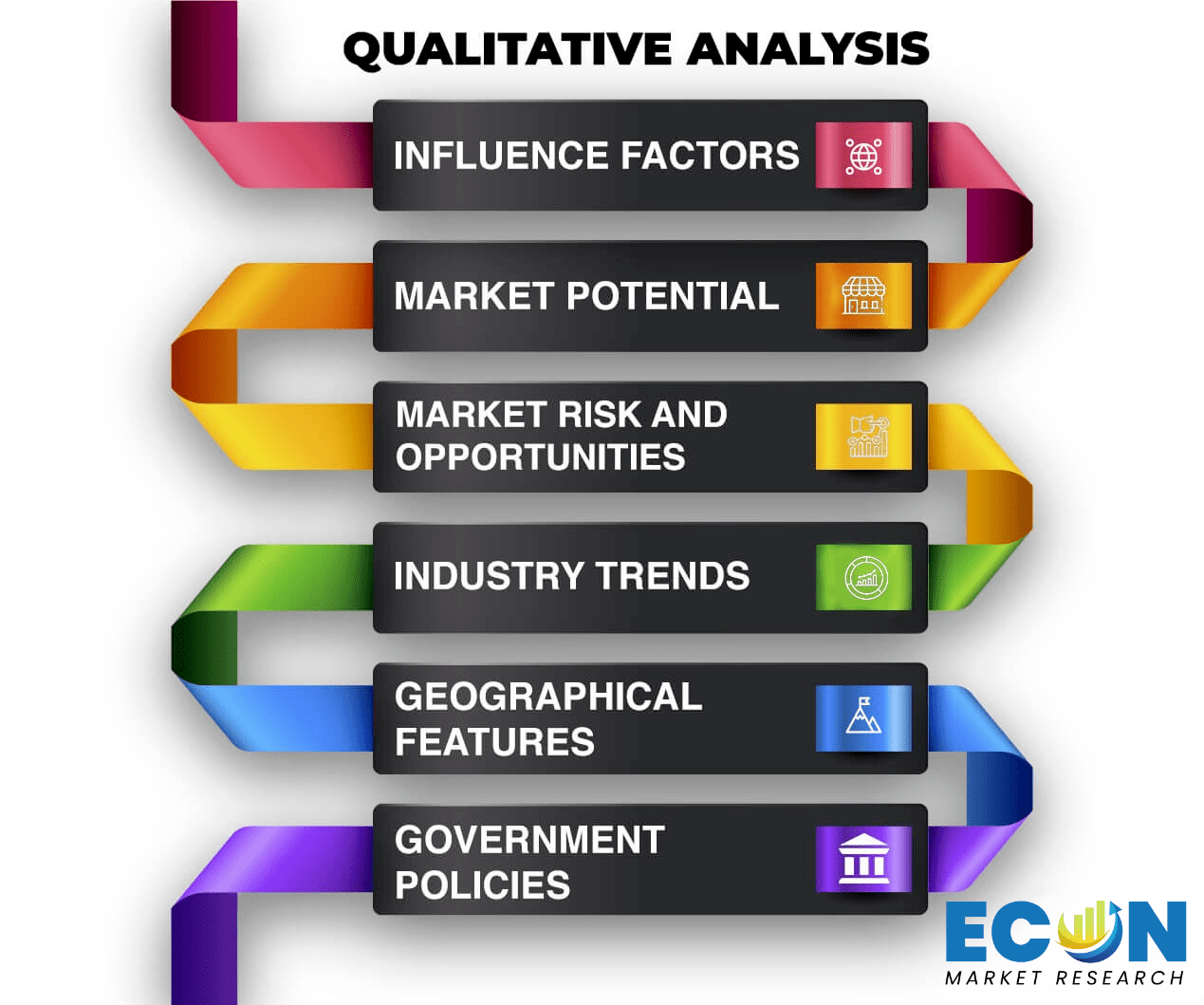Diaries And Planners Market Size, Share, Trends, Growth, and Industry Analysis, By Type (Daily Planners, Weekly Planners, Monthly Planners and Year Planners), By Application (Family Planning, Bodybuilding, Recipe Planning and Other), Regional Analysis and Forecast 2033.
Global Diaries And Planners Market size was USD 2.46 billion in 2024 and the market is projected to touch USD 3.89 billion by 2033, at a CAGR of 5.90% during the forecast period.
Diaries and Planners are devised for managing schedules, expressing goals, and keeping a track of daily activities. The market caters to diaries and planners of all kinds, available in different formats, designs, and sizes. These products have assumed significant importance with the rising awareness of time management, self-development, and self-care among people of all ages from all regions. The market continues to see steady growth owing to increased demand for functional and stylish planners.
It is also spurred by growing interest in mindfulness, productivity tools, and the organized lifestyle. Moreover, popular demand for customized and eco-friendly diaries and planners helps expand the market. As consumers continue to seek ways to stay organized and focused, the Diaries and Planners market will continue to expand further, supported by innovations in digital planning tools and hybrid products that combine physical and digital features. This growth is supported both by offline and online sales channels, catering to a broad consumer base.
Diaries And Planners Report Scope and Segmentation
|
Report Attribute |
Details |
|
Estimated Market Value (2024) |
USD 2.46 Billion |
|
Projected Market Value (2033) |
USD 3.89 Billion |
|
Base Year |
2024 |
|
Historical Year |
2018-2023 |
|
Forecast Years |
2025 – 2033 |
|
Scope of the Report |
Historical and Forecast Trends, Industry Drivers and Constraints, Historical and Forecast Market Analysis by Segment- Based on By Type, By Application, & Region. |
|
Segments Covered |
By Type, By Application, & By Region. |
|
Forecast Units |
Value (USD Million or Billion), and Volume (Units) |
|
Quantitative Units |
Revenue in USD million/billion and CAGR from 2025 to 2033. |
|
Regions Covered |
North America, Europe, Asia Pacific, Latin America, and Middle East & Africa. |
|
Countries Covered |
U.S., Canada, Mexico, U.K., Germany, France, Italy, Spain, China, India, Japan, South Korea, Brazil, Argentina, GCC Countries, and South Africa, among others. |
|
Report Coverage |
Market growth drivers, restraints, opportunities, Porter’s five forces analysis, PEST analysis, value chain analysis, regulatory landscape, market attractiveness analysis by segments and region, company market share analysis. |
|
Delivery Format |
Delivered as an attached PDF and Excel through email, according to the purchase option. |
Dynamic Insights
One of the primary drivers is the increasing demand for organization and time management tools. As people get busier, there is a growing need for planners and diaries to manage daily tasks, appointments, and goals. In addition, the mindfulness and wellness trend has created more consumers seeking products that help them stay organized while promoting mental clarity and focus. This has led to an increased interest in personalized, aesthetically pleasing, and functional planners. Market challenges include a shift towards digital planning tools.
Most consumers have begun to prefer smartphone apps and digital calendars that offer more convenience and flexibility over the traditional paper planners. But, on the other hand, this trend has opened up a market for hybrid products that provide a combination of physical and digital planning features for consumers who are used to either. There's also the demand to make it green, sustainably sourced as much as possible; for instance, planners being recycled or created with sustainably sourced paper; online shopping-though e-commerce isn't driving it, with increased access on the internet of numerous planners and diaries and hence an extended market.
Drivers Insights
A primary driver in the Diaries and Planners market is the growing need for personal organization and time management. People are increasingly becoming busy and experiencing increased pressure in juggling multiple commitments, so they are seeking planners and diaries as necessary tools for managing tasks, appointments, and long-term goals.
The desire to improve productivity and maintain a structured routine has resulted in an increase in demand for physical planners. Moreover, these products give the users a feeling of control over their time and also make them reflective about their accomplishments, which would lead to self-improvement and discipline. As the significance of staying organized is increasingly advocated for personal as well as professional use, planners are one of the most fundamental tools for individuals in managing their day-to-day activities.
The global trend toward mindfulness and wellness is also boosting the demand for diaries and planners. Consumers are increasingly interested in products that not only help them organize their tasks but also support mental well-being. Planners that incorporate spaces for gratitude journaling, goal setting, self-reflection, and mindfulness exercises appeal to those who seek to balance productivity with personal growth. This growing focus on wellness has led to the development of planners that cater to consumers’ mental health needs, such as daily reflection prompts and stress-relief exercises. As a result, the market for such niche, wellness-oriented planners has expanded, contributing to overall market growth.
Restraints Insights
The primary restriction of the traditional Diaries and Planners market is the rise of digital alternatives. Now, with smartphones, tablets, and many other planning applications, customers prefer to shift to digital calendars and planners as opposed to their paper counterparts.
Digital alternatives have more benefits - convenience, automatic updates, reminders, and integrations with many other applications make them the convenient option for high-tech users. This trend seems to be even more common for the younger age groups who get used to putting everything in place with their digital devices. And therefore, such a demand has been affected significantly for paper planners, especially by the urbanization of people's lives.
The Diaries and Planners market often experiences seasonal fluctuations in demand, which can impact sales and revenue stability. The majority of the demand occurs towards the end of the year, particularly during the back-to-school period or the start of the new calendar year when consumers are more likely to purchase planners and diaries.
However, this seasonal nature of demand can lead to periods of lower sales during the middle of the year, especially for certain niche or luxury planner products. Manufacturers must navigate these fluctuations by offering promotions and exploring alternative product categories, such as travel journals or custom planners, to maintain sales throughout the year.
Opportunities Insights
One of the most significant opportunities in the Diaries and Planners market relates to the high demand for custom and personalized products. Consumers now value individuality and are finding more and more planners that help them express themselves and their unique needs. Features such as a personalized cover, tailored layout, and the opportunity to add in specific sections-such as a meal planner, habit tracker, or fitness log-are becoming highly desirable to buyers.
This trend has led to the emergence of niche players who offer bespoke planners that can be designed according to a user's specific preferences. Offering unique, made-to-order planners not only provides a competitive edge but also creates a deeper connection with consumers who want a product that fits their lifestyle.
Segment Analysis
The market for Diaries and Planners is segmented into different types according to the frequency of planning. Daily planners are very popular, as they tend to organize a single day's activities. Individuals who prefer detailed, day-to-day management of tasks are most attracted to such planners. There is enough space for time-blocking, to-do lists, and important notes, which makes these planners ideal for highly structured individuals. Weekly planners, on the other hand, give an overview of the entire week, yet the user has all the freedom to plan ahead of time while still finding space for adjusting plans when necessary.
It favors users who require a more balanced approach in their task organization. Monthly planners provide the outlook for a broader perspective of the activities, events, and appointments that will take place over a month. This type is preferred by people who need to manage longer-term goals and view their month at a glance.
Year planners provide a complete yearly overview, which is suitable for long-term goal tracking and broader life planning. People who need to keep track of major milestones or events, such as vacations, anniversaries, or project deadlines, tend to use yearly planners. The demand for these different kinds of planners shows the diversity in the needs of consumers in time management, with each offering a different level of detail and structure.
Diaries and Planners are used to fulfill various needs and personal goals. Family planning planners are developed to assist people or families in organizing schedules, appointments, meal plans, and even important family events. Most of these planners are customized for tracking activities among different family members, which is helpful in the coordination of busy family lives.
Bodybuilding planners are designed for fitness enthusiasts that want to record their workout routine, diet plan, and monitor their progress towards achieving fitness. These planners will usually have spaces for recording meals, workouts, and personal accomplishment, keeping them on track to their fitness objectives. Recipe planning planners are those that focus on organizing meal plans, grocery lists, and recipes for individuals seeking to streamline their cooking routines.
These planners are usually popular among people interested in healthy eating or those who enjoy trying new recipes. Lastly, there are planners for other applications, which can range from travel planning to academic planning and beyond. These planners are designed to cater to specific needs such as event planning, project management, or goal setting, offering flexibility to users with unique planning requirements.
Regional Analysis
The market is already well-established in North America, with high demand for personal and functional planners. In the United States and Canada, planners are in demand due to the emphasis on productivity, wellness, and mindfulness within the region's focus on self-improvement and organization. The rise in e-commerce and the growing trend of online shopping have further boosted sales in this region, making it easier for consumers to access a wide range of planners.
In Europe, countries like the UK, Germany, and France are also key markets for Diaries and Planners, with strong demand for eco-friendly and sustainable products. As far as European consumers are concerned, their interest in the well-being and sustainability aspects of products has resulted in increasing demand for recycled content planners, planners that offer space for mindfulness, and those with sections to help set goals.
The Asia-Pacific market is growing at a significant rate, especially in countries such as China, Japan, and India. The growth of the middle class, urbanization, and increasing disposable income are driving demand for both traditional and modern planning tools. There is also growing interest in digital planners and hybrid products that combine physical and digital features, especially among tech-savvy younger consumers. In Latin America, the market is still developing, but there is a growing demand in Brazil and Mexico because of increased awareness of the importance of time management and personal organization.

Competitive Landscape
The market is dominated by leading brands Moleskine, Filofax, and Leuchtturm1917, which offer premium, high-quality planners and diaries that consumers want for style and functionality. These brands have strong brand recognition and loyal customer bases, as Moleskine, for instance, presents itself as a luxury planner brand with a focus on timeless design and durability.
Paperchase and Erin Condren, established brands, are also offering highly customized and creative products that serve niche markets in areas such as customized planners, those for wellness or productivity, which are designed in a manner different from other competitors. Their premium materials and options for personalization set them apart and draw a wide cross-section of customers to their brands.
At the same time, the market is also experiencing an increase in smaller, innovative players offering unique products that cater to specific consumer needs. Companies like Passion Planner and The Happy Planner focus on goal-setting and personal development, integrating motivational elements into their products. With the increase in eco-awareness, many new entrants are emerging with products that are environment-friendly, such as planners made from recycled materials or with sustainable production processes. Moreover, digital and hybrid planners have introduced competition from tech companies offering digital alternatives, such as apps and online platforms for planning and scheduling.
List of Key Players:
Global Diaries And Planners Report Segmentation
|
ATTRIBUTE |
DETAILS |
|
By Type |
|
|
By Application |
|
|
By Geography |
|
|
Customization Scope |
|
|
Pricing |
|
Research Methodology
Our research methodology has always been the key differentiating reason which sets us apart in comparison from the competing organizations in the industry. Our organization believes in consistency along with quality and establishing a new level with every new report we generate; our methods are acclaimed and the data/information inside the report is coveted. Our research methodology involves a combination of primary and secondary research methods. Data procurement is one of the most extensive stages in our research process. Our organization helps in assisting the clients to find the opportunities by examining the market across the globe coupled with providing economic statistics for each and every region. The reports generated and published are based on primary & secondary research. In secondary research, we gather data for global Market through white papers, case studies, blogs, reference customers, news, articles, press releases, white papers, and research studies. We also have our paid data applications which includes hoovers, Bloomberg business week, Avention, and others.

Data Collection
Data collection is the process of gathering, measuring, and analyzing accurate and relevant data from a variety of sources to analyze market and forecast trends. Raw market data is obtained on a broad front. Data is continuously extracted and filtered to ensure only validated and authenticated sources are considered. Data is mined from a varied host of sources including secondary and primary sources.

Primary Research
After the secondary research process, we initiate the primary research phase in which we interact with companies operating within the market space. We interact with related industries to understand the factors that can drive or hamper a market. Exhaustive primary interviews are conducted. Various sources from both the supply and demand sides are interviewed to obtain qualitative and quantitative information for a report which includes suppliers, product providers, domain experts, CEOs, vice presidents, marketing & sales directors, Type & innovation directors, and related key executives from various key companies to ensure a holistic and unbiased picture of the market.
Secondary Research
A secondary research process is conducted to identify and collect information useful for the extensive, technical, market-oriented, and comprehensive study of the market. Secondary sources include published market studies, competitive information, white papers, analyst reports, government agencies, industry and trade associations, media sources, chambers of commerce, newsletters, trade publications, magazines, Bloomberg BusinessWeek, Factiva, D&B, annual reports, company house documents, investor presentations, articles, journals, blogs, and SEC filings of companies, newspapers, and so on. We have assigned weights to these parameters and quantified their market impacts using the weighted average analysis to derive the expected market growth rate.
Top-Down Approach & Bottom-Up Approach
In the top – down approach, the Global Batteries for Solar Energy Storage Market was further divided into various segments on the basis of the percentage share of each segment. This approach helped in arriving at the market size of each segment globally. The segments market size was further broken down in the regional market size of each segment and sub-segments. The sub-segments were further broken down to country level market. The market size arrived using this approach was then crosschecked with the market size arrived by using bottom-up approach.
In the bottom-up approach, we arrived at the country market size by identifying the revenues and market shares of the key market players. The country market sizes then were added up to arrive at regional market size of the decorated apparel, which eventually added up to arrive at global market size.
This is one of the most reliable methods as the information is directly obtained from the key players in the market and is based on the primary interviews from the key opinion leaders associated with the firms considered in the research. Furthermore, the data obtained from the company sources and the primary respondents was validated through secondary sources including government publications and Bloomberg.
Market Analysis & size Estimation
Post the data mining stage, we gather our findings and analyze them, filtering out relevant insights. These are evaluated across research teams and industry experts. All this data is collected and evaluated by our analysts. The key players in the industry or markets are identified through extensive primary and secondary research. All percentage share splits, and breakdowns have been determined using secondary sources and verified through primary sources. The market size, in terms of value and volume, is determined through primary and secondary research processes, and forecasting models including the time series model, econometric model, judgmental forecasting model, the Delphi method, among Flywheel Energy Storage. Gathered information for market analysis, competitive landscape, growth trends, product development, and pricing trends is fed into the model and analyzed simultaneously.
Quality Checking & Final Review
The analysis done by the research team is further reviewed to check for the accuracy of the data provided to ensure the clients’ requirements. This approach provides essential checks and balances which facilitate the production of quality data. This Type of revision was done in two phases for the authenticity of the data and negligible errors in the report. After quality checking, the report is reviewed to look after the presentation, Type and to recheck if all the requirements of the clients were addressed.
